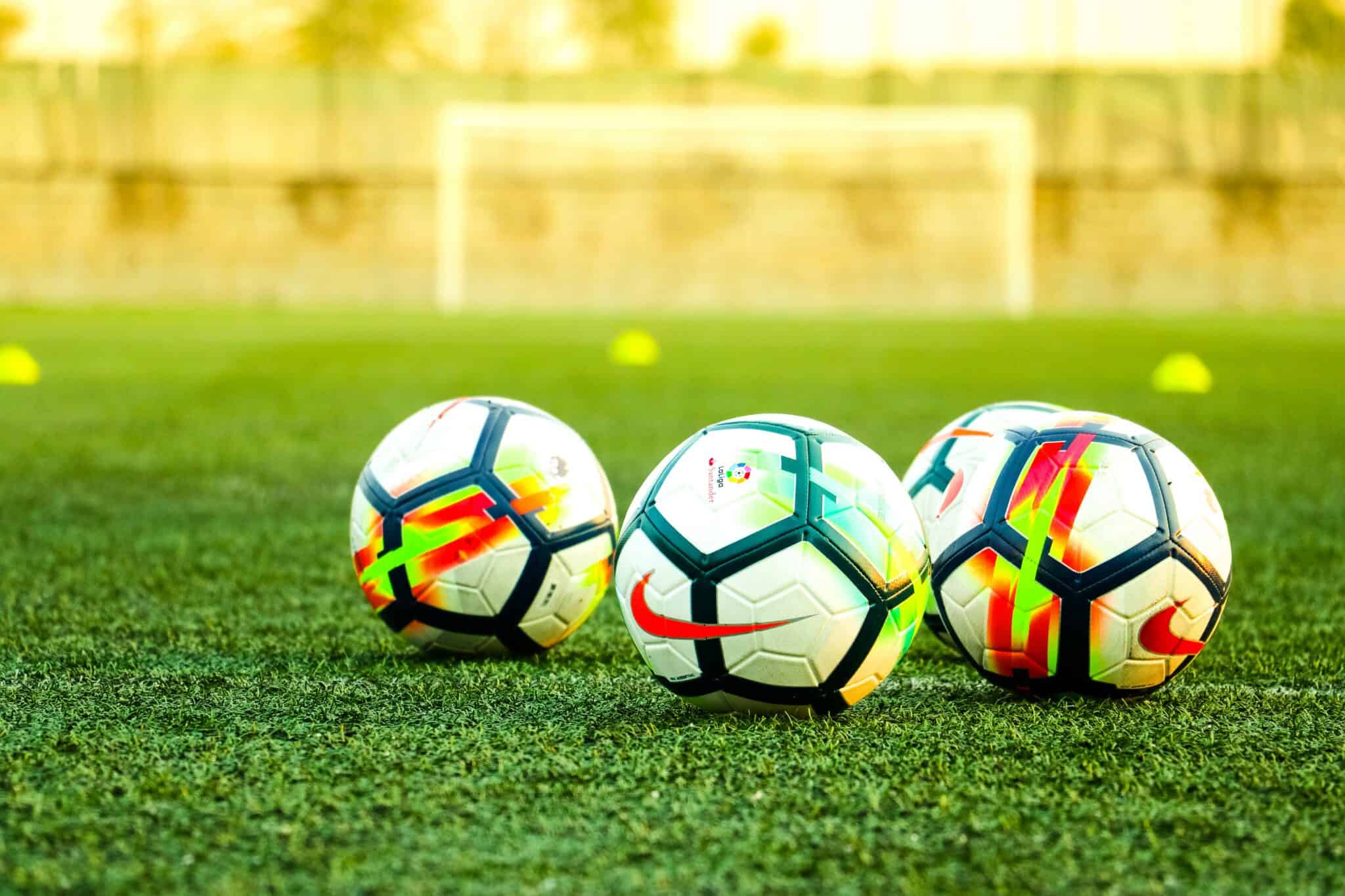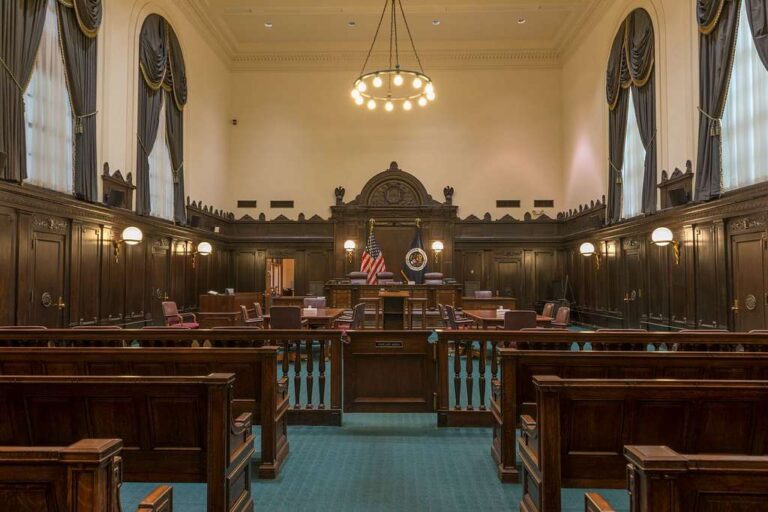
Alex Blutman is a student at Harvard Law School and a member of the Labor and Employment Lab.
On September 29, NLRB General Counsel Jennifer Abruzzo issued a memorandum outlining her position that student-athletes, or “Players at Academic Institutions,” are employees under the NLRA. “My intent in issuing this memo,” Abruzzo wrote, “is to help educate the public, especially Players at Academic Institutions, colleges and universities, athletic conferences, and the NCAA, about the legal position that I will be taking regarding employee status and misclassification in appropriate cases.” It’s not clear, however, whether the Board itself, which in 2015 dismissed a case in which football players at Northwestern University sought to unionize, will be convinced of that position. Still, much has been made about the possible breadth of the memo’s reach, including its focus on addressing misclassification generally to empower workers in contexts other than college sports. As for student-athletes specifically, one significant part of the memo is the suggestion that players could pursue a joint employer theory of liability with respect to the NCAA and member conferences, sidestepping a hurdle to organizing student-athletes at public universities, where the NLRA is inapplicable. Although employee determination under the NLRA and FLSA involves different analyses, the student-athletes in Johnson v. NCAA, in which players have brought claims under the FLSA and state wage law, are likewise advancing a joint employer theory against the NCAA. Last week, in that case, a group of university defendants filed a motion seeking to appeal the United States District Court for the Eastern District of Pennsylvania’s decision to deny their motion to dismiss, arguing that the Seventh Circuit, in Burger v. NCAA, already determined that student-athletes are not employees under the FLSA.
The commissioner and general counsel of the National Women’s Soccer League have resigned amid the fallout of a report detailing allegations of sexual coercion and abuse by NWSL coach Paul Riley spanning his tenure in charge of multiple teams. The report revealed that, on multiple occasions, the NWSL failed to act on allegations made against Riley. The swift reckoning at the league office and among a handful of teams, where multiple managerial dismissals took place amid findings of workplace and anti-harassment policy violations, would perhaps not have been possible without the nascent strength of the players’ union, which is amid its first collective bargaining negotiation. In addition to releasing a general statement of support and setting up an anonymous third-party reporting service for victims of sexual harassment, the NWSLPA announced a set of demands on the league, including the cancellation of last weekend’s slate of games. When games resumed on Wednesday, players engaged in demonstrations of solidarity, stopping play in the sixth minute in recognition of the six years it took for allegations against Riley made by former players Mana Shim and Sinead Farrelly to come to light.
Twenty-five days after concession workers at San Francisco’s Oracle Park overwhelmingly voted to authorize a strike, a 50-person negotiating committee representing the workers agreed to a tentative deal with Bon Appetit, the subcontractor for food services at the stadium. Although the negotiations were complex—workers were not, in fact, bargaining with the San Francisco Giants, the team that operates the stadium and that is responsible for enforcing health and safety protocols, a sticking point yet to be resolved for the workers—they were largely successful. Workers will receive a retroactive $3/hour raise, a retroactive $1.50/hour hazard pay bonus for 2020 and 2021, future yearly salary raises ultimately totaling $7/hour by 2024, and a boost to pension benefits by almost 60%. In addition, the workers secured a key healthcare plan reform: whereas the previous system required workers to attend 10 events per month to obtain healthcare, eligibility will now be reduced to however many events are actually taking place at the park in a given month.
On September 13, we covered the COVID-19 health and safety protocols negotiated by the professional leagues and their union counterparts and detailed the differentiated nature of those procedures for vaccinated versus unvaccinated players. Now, the NBA has been forced to respond to the effects certain local regulations will now have on unvaccinated players. Executive orders applicable in both New York City and San Francisco bar unvaccinated individuals from entering certain venues, such as the Brooklyn Nets’ Barclays Center and the Golden State Warriors’ Chase Center. The orders would seem to prevent Nets star Kyrie Irving, for instance, from suiting up for his team. On September 29, the NBA announced that players who are forced to miss games due to the executive orders will not be paid for games that they miss. In response, Warriors swingman Andrew Wiggins, who initially resisted the vaccine, eventually capitulated. There is no vaccination requirement in place for NBA players, who, as a group, are now inoculated at a 95% rate; however, most team staff and NBA referees are required to be vaccinated, and some team staffers have expressed concern about interacting with unvaccinated players and frustration that players are not subject to a vaccination mandate, something the league could not impose unilaterally but would have to be agreed to by the players union.








Daily News & Commentary
Start your day with our roundup of the latest labor developments. See all
January 5
Minor league hockey players strike and win new deal; Hochul endorses no tax on tips; Trump administration drops appeal concerning layoffs.
December 22
Worker-friendly legislation enacted in New York; UW Professor wins free speech case; Trucking company ordered to pay $23 million to Teamsters.
December 21
Argentine unions march against labor law reform; WNBA players vote to authorize a strike; and the NLRB prepares to clear its backlog.
December 19
Labor law professors file an amici curiae and the NLRB regains quorum.
December 18
New Jersey adopts disparate impact rules; Teamsters oppose railroad merger; court pauses more shutdown layoffs.
December 17
The TSA suspends a labor union representing 47,000 officers for a second time; the Trump administration seeks to recruit over 1,000 artificial intelligence experts to the federal workforce; and the New York Times reports on the tumultuous changes that U.S. labor relations has seen over the past year.